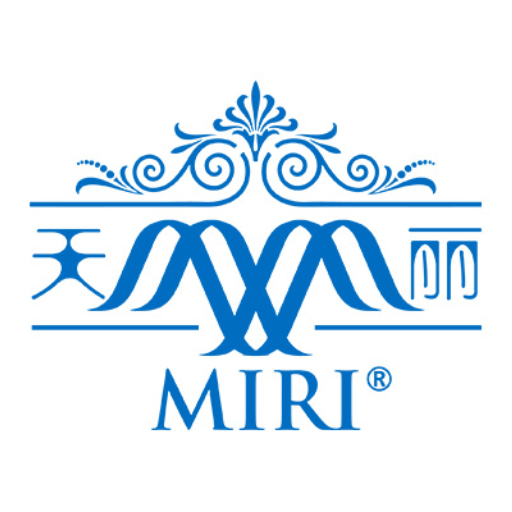Reproductive System Two Cycles
Think of the reproductive system as two cycles. The first occurs in the ovary; an egg is matured and released at ovulation. The second is in the uterus. The lining, which is called the endometrium, builds up for pregnancy each month and breaks away if none occurs. Estrogen controls the egg cycle. Both progesterone and estrogen control the menstrual cycle. Each cycle depends upon the other for smooth and efficient function.
In the first half of the cycle, as the endometrium is building up, the lining is called proliferative. It is hard, thick, and spreading without any particular direction. From day 14, (the second half of cycle), progesterone turns that hardness into a soft, lush lining. It is now called secretory; it stops spreading and becomes specialized to secrete products that nourish a fetus.
If there is no pregnancy, the softened endometrium can break away easily, and is lost in the flow. It does this cleanly and smoothly; in youth, the flow is heavy at first and tapers off to spot at the end. This smooth pattern changes slightly at age 30 and can become irregular near menopause. The important point is that the uterus is completely emptied. Each month, it has a fresh start. If something is amiss in the ovary cycle, the uterus cycle is thrown out of balance. It is one of the main causes of irregular periods.
